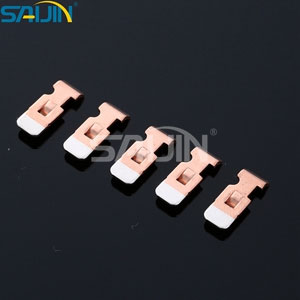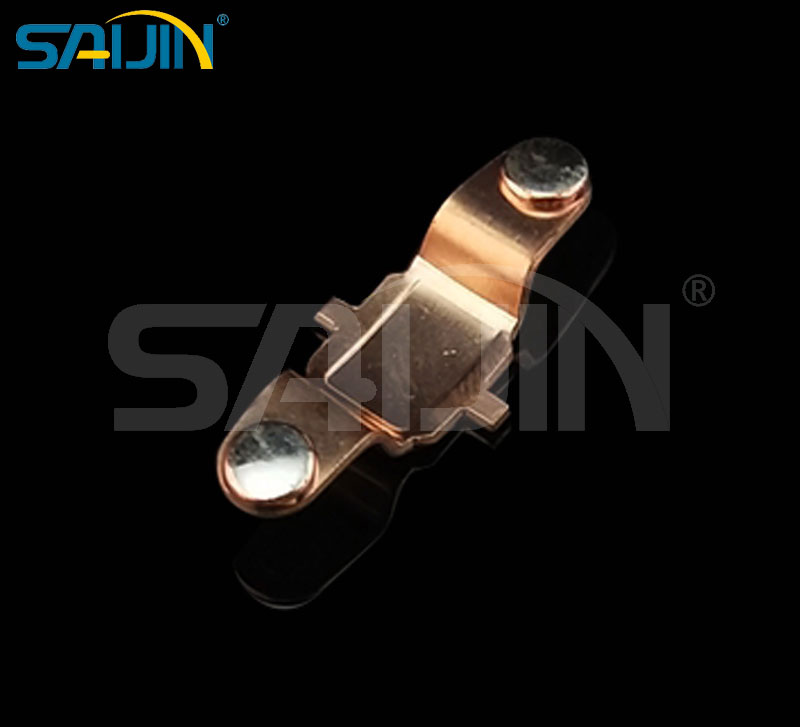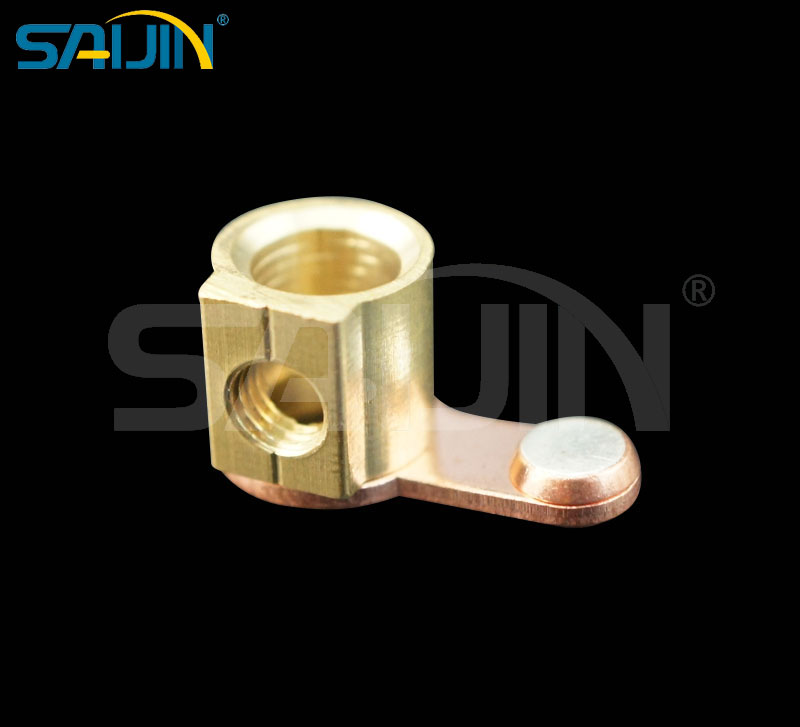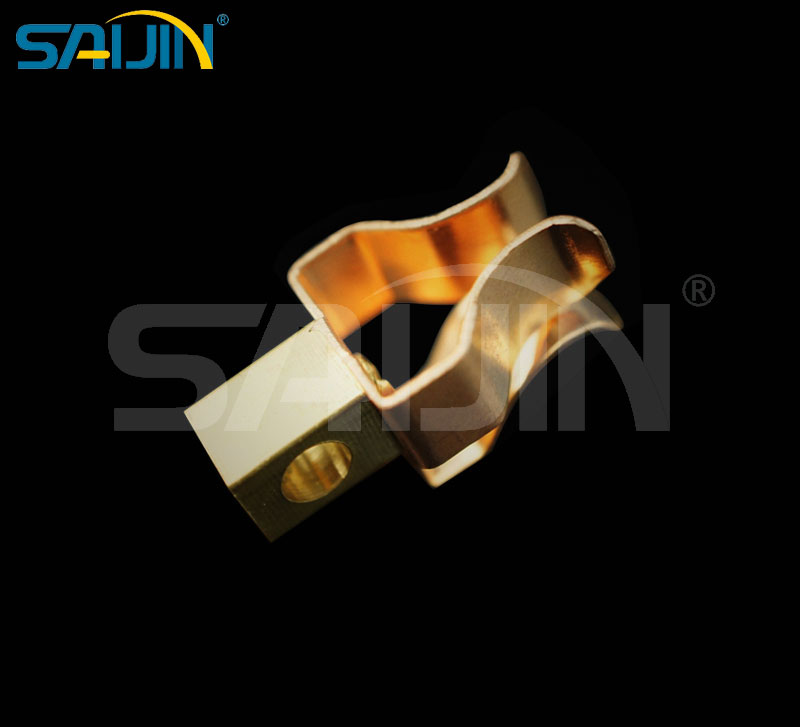Precautions when using precision metal stamping technology
Precautions when using precision metal stamping technology
Surface quality
The surface quality of a stamped part depends on the metal used, its hardness, thickness and whether or not it is heat treated after stamping. Softer materials are easily scratched during the stamping process, while thicker metals are less susceptible because they are more resistant to the pressure from the tool. Heat treatment helps improve the grain structure of the metal, making it harder and more resistant to wear without affecting the material's strength.
Biting edges
Undercuts can cause difficulties in the stamping process because they make it difficult for the tool to fully penetrate the sheet metal.
One way to solve this problem is to use progressive dies instead of using one large die to cut all the shapes of the part at once. Multiple dies perform small cuts until all the features of the part are achieved. Progressive stamping also reduces the force required to release the undercut, but it can also limit production speed and can result in irregular shapes that require secondary operations to clean up.
Tolerances and Accuracy
Tolerance is the amount of variation allowed in the dimensions of a part design, while accuracy is the closeness of the final measurement to the expected dimensions.
Precision metal stamping allows for precise dimensions and tight tolerances because, unlike other manufacturing processes, it uses controlled forces to produce the part.
Parts produced using this process are more within specification than parts made using alternative methods, such as CNC machining or welding.
Material strength and tool wear
To keep costs low, manufacturers often use softer, cheaper metals to make tools. However, the use of less robust tools can lead to trade-offs in material strength that can adversely affect design and quality, especially when products require thin-walled geometries. Such tools can exert excessive compressive stress on components.
Pressure from the tool is a major cause of material deformation, so this trade-off must be considered when designing metal stampings.
Product Complexity and Cost
The complexity of a part's design determines how much tooling is required to manufacture all of its features. However, manufacturers may be able to address this cost by performing secondary operations on specific components in the same production run, rather than making unique tooling for complex shapes or geometries, such as undercuts. This allows manufacturers to produce multi-component products of multiple materials at once without increasing costs





